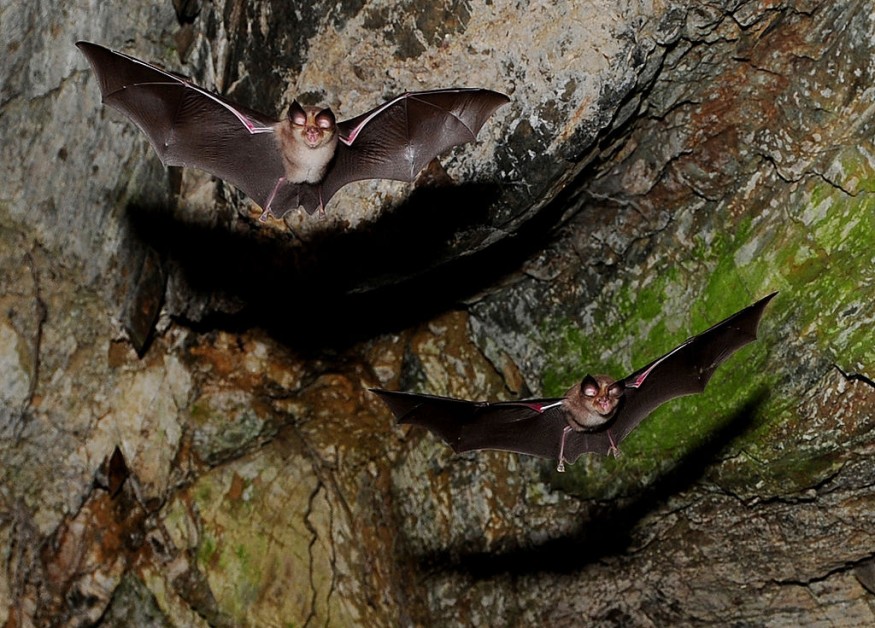A fungus that causes the disease called white-nose syndrome (WNS) among bats was found in Louisiana, making it the 41st state in the US where the pathogen has been discovered.
The disease is responsible for killing millions of bats across the country, raising concerns among conservationists.
Pathogenic Fungus in Louisiana

The deadly fungus has been found among Brazilian free-tailed bats in Louisiana.
There were no reported WNS-related sicknesses and fatalities among the bats since they are asymptomatic when contracting the disease.
However, other bat species were also discovered to be carrying the pathogen, but none of them have exhibited symptoms yet, including the tri-colored bats, which are prone to the syndrome of the WNS disease, according to the Louisiana Department of Wildlife and Fisheries via NBC News.
The discovery of the pathogenic fungus is "not surprising but is discouraging" since bats, especially the tri-colored species, have suffered from a major population decline due to WNS in the Southeast US, according to Winifred F. Frick of the Bat Conservation International, as cited by NBC News.
Fatal Bat Disease
The fatal bat disease WNS is called such since it causes the formation of silky white-colored patches of fungus in the small-winged mammals' noses.
According to the National Park Service (NPS) of the U.S. Department of the Interior, the fungus (Pseudogymnoascus destructans) started in New York back in 2006.
Since then, it has spread to more than 50% of the country and in five provinces in Canada by August 2016.
The NPS also cited concerns of scientists that the fungus is responsible for the major population decline of different bat species such as the little brown bat (Myotis lucifugus), Indiana bat (Myotis sodalis), and long-eared bat (Myotis spetentronalis).
The fungus is reportedly exotic and likely arrived in the US after being accidentally introduced from Europe.
Disrupting Hibernation
Over the years, scientists have predicted the regional extinction of bat species due to WNS.
The disease kills the bats indirectly since it awakens the bats first during hibernation in the winter season.
During hibernation, bats and other mammals reduce their metabolic rate and body temperatures to limit energy consumption only to important body functions, including breathing.
This serves as a means to save energy for the upcoming spring season.
However, the fungus' disruption leaves the bats without their food, including flying insects, due to their scarcity during the winter. This unprecedented disruption yields in the usage of unnecessary energy from the bats, leading to starvation and eventual death.
Ecology: Bats and Their Role
The loss of the bat population is not only important to the ecology in North America, but it also highlights economic risk, especially in the agriculture sector of the US.
Aside from their role as insect hunters, bats are also great pollinators.
According to the U.S. Department of Agriculture, almost 70% of bat species eat nocturnal insects, including pests. As a result, bats account for saving more than $1 billion worth of crop damage and pesticide control among producers.
There is known cure yet for WNS, but scientists and bat conservationists are implementing measures such as wildlife relocation and other forms of supplemental treatment in the meantime.
© 2025 NatureWorldNews.com All rights reserved. Do not reproduce without permission.





